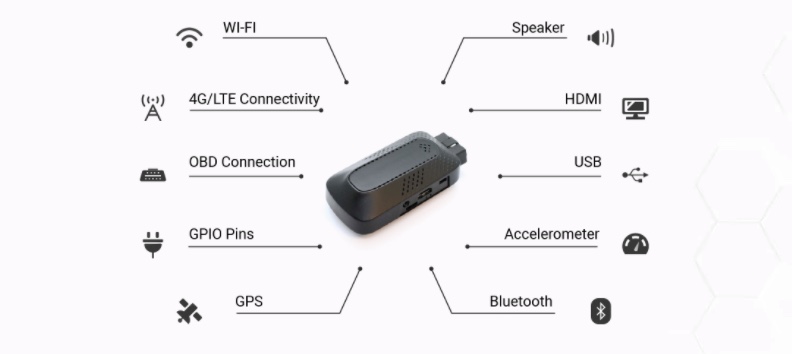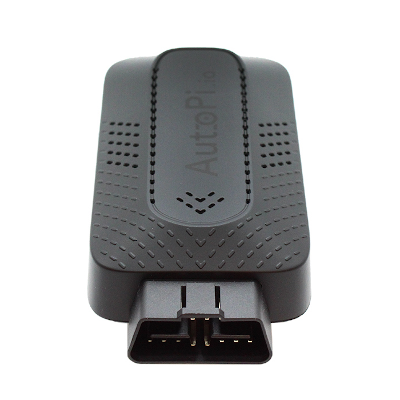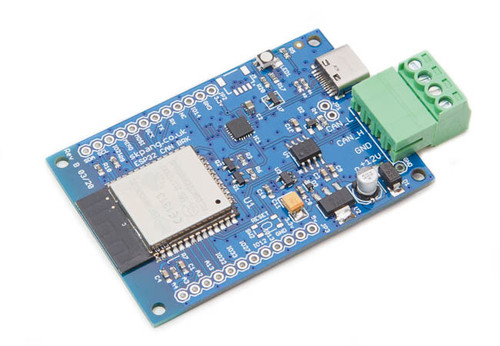Recent Posts
4G Telematics Unit With OBD-II (CAN Bus) Port For Fleet Management
Posted by on
The TMU Pi3 telematics unit by Autopi (Denmark) utilizes the Raspberry Pi 3 Model A+ SBC, and it connects to in-vehicle CAN Bus networks via the OBD2 port.
The device uses the 1,4-GHz Broadcom BCM2837B0 SOC with Cortex-A53 64-bit quad-core processor, including 512-MiB SDRAM and a 32-GiB micro SD card with installed Raspbian Jessie operating system and Autopi Core software.
Supported CAN-based higher-layer protocols include ISO 15765-4 (diagnostic over CAN), SAE J1939, etc. Wifi, Bluetooth, and 4G/LTE cellular network provide wireless connectivity. The TMU Pi3 is upgradeable to the Raspberry Pi4 if additional computing power and Ethernet support are necessary.
The unit features a GPS receiver, an HDMI (video output) interface, an audio jack, built-in speakers, a micro USB port, and 18 programmable GPIO (general purpose input/output) pins. It also carries a 3-axis accelerometer, and a 3-axis gyroscope can be added to expand the TMU. Two LEDs indicate the device's power and status.
The dimensions are 137 mm x 36mm x 66mm, and it operates with a power supply of up to 35VDC, which is suitable for use in trucks. A built-in power management system prevents the vehicle’s battery from draining when the TMU is left plugged in for extended periods. The operating temperature can range from -20 °C to +70 °C.
With the fleet and device management software, Autopi Management Cloud tracks the connected vehicles. The data can be visualized and diagnosed on a PC, a mobile device, or the cloud.
ESP32 WiFi, Bluetooth Classic, BLE, CAN Bus Module
The board comes with an onboard ESP32 WROOM-32 WiFi, Bluetooth Classic, BLE Module, and a CAN Bus port with a transceiver. Also onboard are an RGB LED and IO pins on a 0.1" pad.
Programming is accomplished through the popular Arduino IDE connected to the USB-to-Serial converter with USB-C connector, automatic bootloader, and reset.
The ESP32 is a series of low-cost, low-power system-on-chip microcontrollers with integrated WiFi and dual-mode Bluetooth. The ESP32 series employs a Tensilica Xtensa LX6 microprocessor in dual-core and single-core variations and includes built-in antenna switches, RF balun, power amplifier, low-noise receive amplifier, filters, and power management modules.
 Loading... Please wait...
Loading... Please wait...



